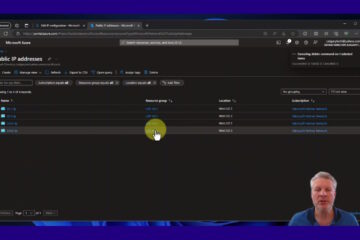Typically you have two policies as described below. Which one you use should use depends on having a battery on your RAID controller:
- If you have a battery on your RAID controller then your disk cahse is likely safe during a power bump and so you should use WRITE BACK.
- If you do NOT have a battery on your RAID controller then you have alot to worry about losing your disk cache in the event of a power bump and so you should use WRITE THOUGH.
Write Through Caching:
When the controller receives a write request from the host, it stores the data in its cache module, writes the data to the disk drives, then notifies the host when the write operation is complete. This process is calles write-trough caching because the data actually passes through-and is stored in- the cache memory on its way to the disk drives.
Write Back Caching:
This caching technique improves the subsystem’s response time to write requests by allowing the controller to declare the write operation ‘complete’ as soon as the data reaches its cache memory. The controller performs the slower operation of writing the data to the disk drives at a later time.



0 Comments